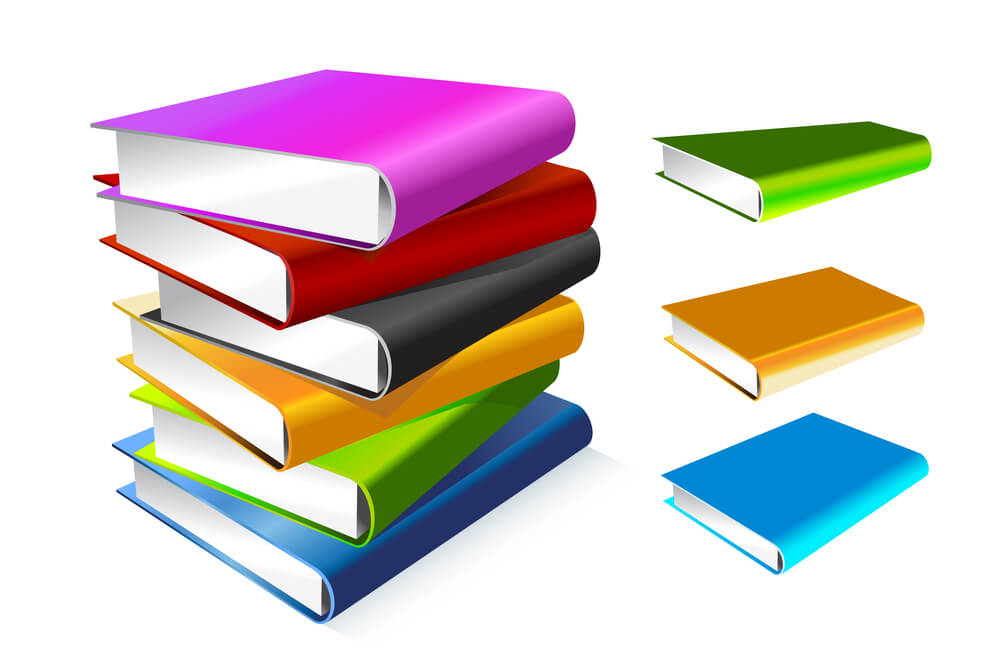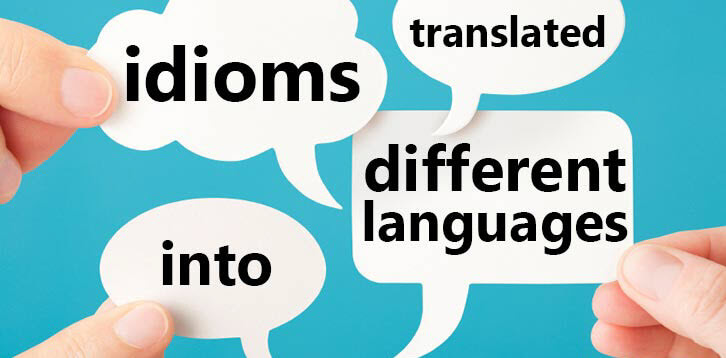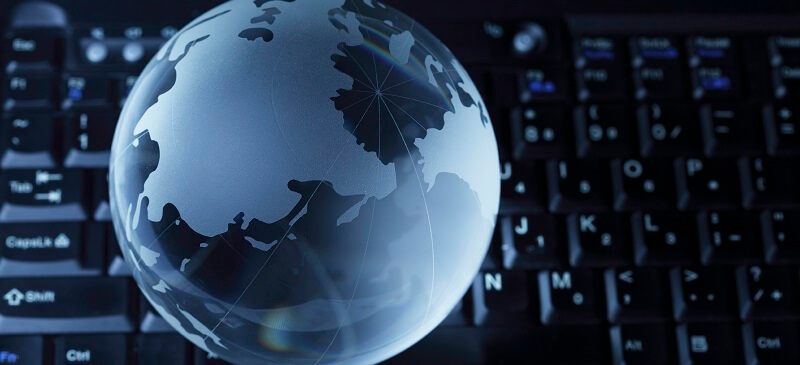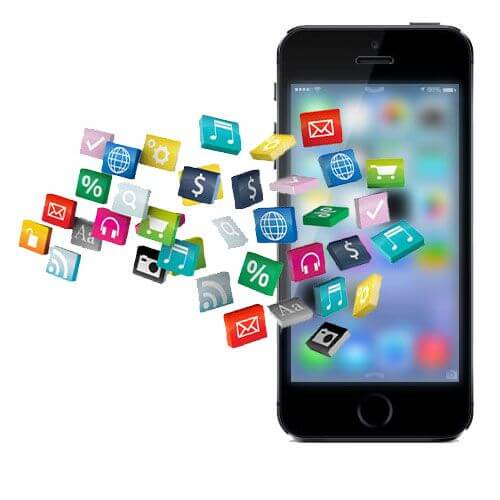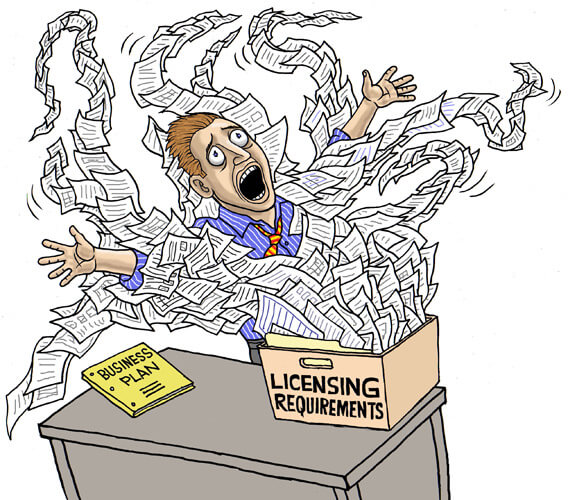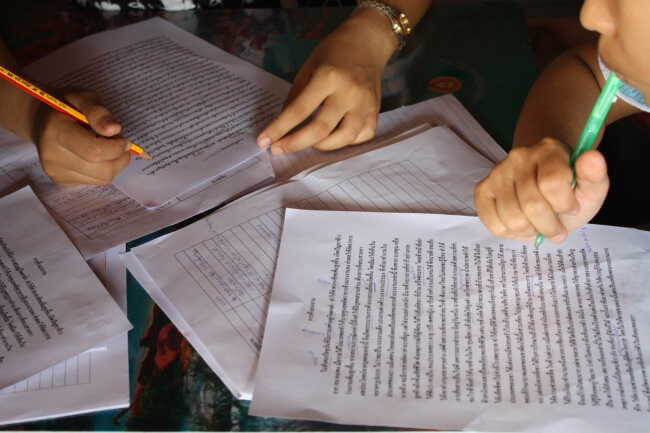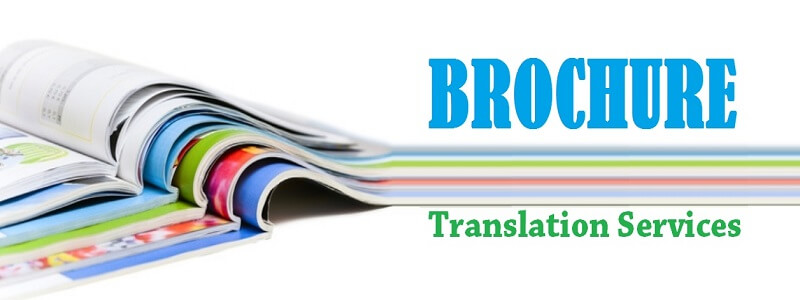These days translating documents is far more commonplace than it ever used to be. The reason for this is globalisation. Both humans and businesses are extending their boundaries to faraway places trying to find a niche where they can fit in nicely or even grow their profits. Any movement into another country which doesn’t speak your own languages the authorities will require that you provide keys documents with translations which can be read and understood easily by immigration personnel.
The sorts of documents you may need to provide with an application could include any of the following:
- birth certificate
- marriage certificate (if applicable)
- degree and diploma certificates
- police clearance document
- medical report.
All these documents will need a translation provided by a document translation service provider that specializes in translating documents for immigration into another country. If you are entering the United States, for either job or business reasons, and you intend to reside permanently all your official documents will need to be signed by the translator who has to include a statement stating it is an accurate translation. This is most likely to be a more expensive document translation because the care that needs to be taken to ensure a perfect translation is far more crucial than other forms of document translation. Translators don’t provide a free service so if the job takes longer or a translation has to be certified expect this to be a more expensive document translation than others you may already have had.
Other types of documents that require highly specific translation skills are warranty cards for products and product manuals which is the documentation that normally accompanies a newly purchased product. It’s crucial that these documents are perfectly accurate so as not to cause confusion or misunderstanding. If you are looking for this high degree of accuracy expect to pay more for the service than other less important document translation services. You pay for what you get and if you want the best translation possible then expect a more expensive document translation.




